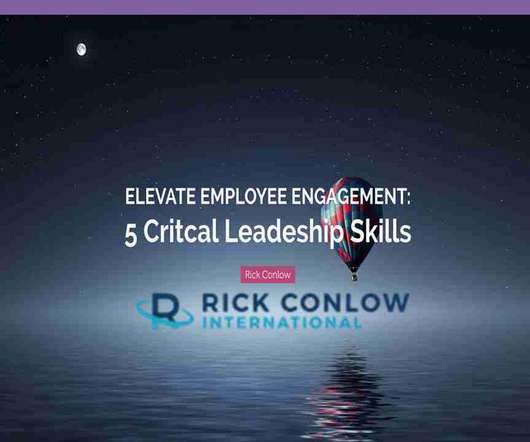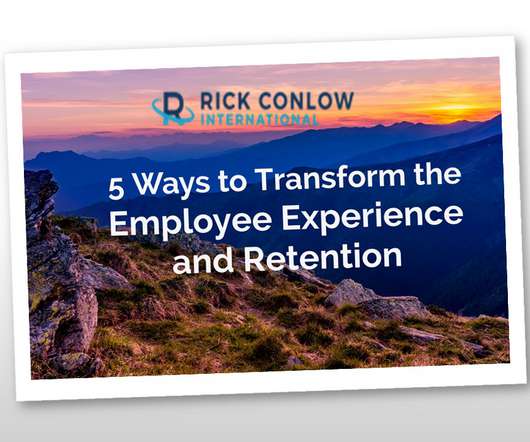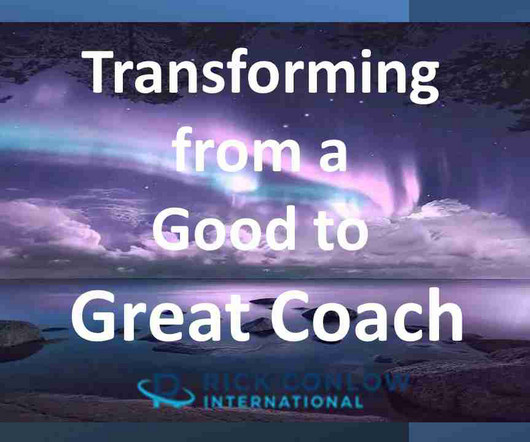Elevate Employee Engagement: 5 Critical Leadership Skills
Rick Conlow
DECEMBER 1, 2022
Leadership worldwide is in crisis mode. In all areas of life, leadership distrust has hit rock bottom. Seldom does a day go by without another story in the media about a leader–in government, religion, or business–that bites the dust because of an ethical or behavioral failure. In the business arena leadership failures abound.












Let's personalize your content